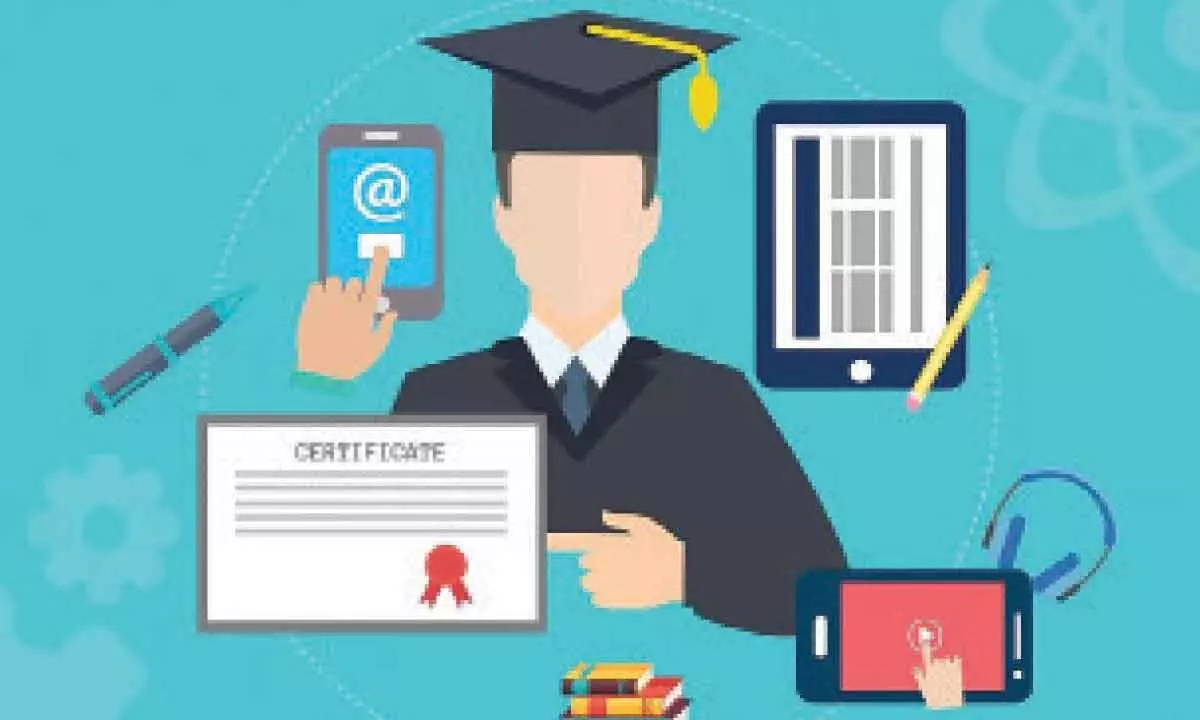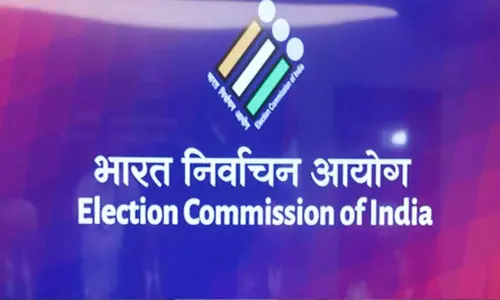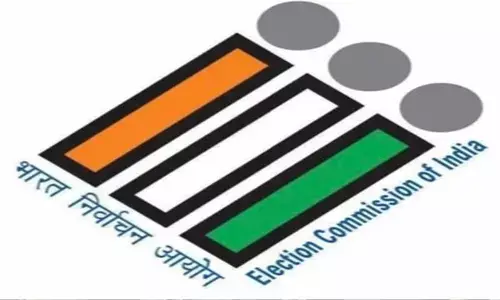How NEP paved the way for e-learning in India

July 2020 witnessed the announcement of the New Education Policy with the aim of transforming India’s educational landscape for the better.
July 2020 witnessed the announcement of the New Education Policy with the aim of transforming India’s educational landscape for the better. During the Covid-19 pandemic, with the country being in a state of total lockdown, schools and universities were forced to adopt an online mode of learning delivery. The sudden shift to a completely new method of learning left its impact on the country and its leaders long after the pandemic ended, and this is clearly reflected in the policies of the NEP.
The challenges faced by educational institutions in spreading education during the Covid-19 pandemic enabled educators to realize the dire need to develop robust, nation-wide e-learning infrastructure to enable learners in the remotest parts of the country to continue their education without hindrances.
Embracing a Digital India: Online Education Under NEP
The NEP (2020) has implemented various key initiatives with the vision of creating a digital Indian ecosystem. The main aim of the NEP is to provide and improve access to high quality education through online learning methods. NEP aims to achieve the dream of a digital India through the development and promotion of online education platforms. It aims to bridge the digital divide by providing students access to technological devices and high speed internet connection.
NEP recommends the integration of Massive Online Open Courses (MOOCs) to make education accessible to students who live far away. The government has also launched several e-learning platforms of its own to promote the use of online-learning platforms among learners. These platforms can be used to upload learning materials, give assignments and conduct exams. The government has also facilitated the launch of virtual labs to foster experiential learning among students and to provide access to a laboratory space to every learner. Embracing of blended learning tools that combine online and offline education is also a crucial step towards transforming India into a digital educational ecosystem
Blended Learning: Complementing Classroom Education
Blended learning seamlessly combines modern technologies with traditional classroom training methods and has altered the educational landscape of the country. The blended learning approach creates an environment where students can enjoy learning which is more interactive, engaging and flexible.
The NEP has repeatedly emphasized the use of technology to impart education and promote flexible learning. IN 2021, keeping in line with the policies of NEP, the University Grants Commission proposed that 40% of a course be taught online while the remaining 60% of the course be taught in the classroom. Blended learning tools such as Learning Management Systems create an engaging and inclusive learning environment by catering to learners with diverse needs and learning styles. LMSs function as a centralized platform by allowing teachers to upload study materials, lecture notes, interactive games and quizzes at just one platform. It also enables teachers to track student progress, achievements and create a customized learning plan for them.
The National Education Technology Forum (NETF) is an autonomous body which was created to enable the free exchange of ideas pertaining to the use of technology in education. The purpose of this body is to lay down norms of content, technology, and pedagogy for online/digital teaching-learning to help formulate guidelines for e-learning in k-12 and higher educational institutions (HEIs). Teachers and educators can follow the standards laid down by the NETF and upload study material accordingly. Blended learning models have enabled learners even in rural areas that lack proper infrastructure to enjoy the benefits of education
Overcoming Obstacles and the Way Forward
There are several challenges that lie in the way of the successful implementation of NEP. Lack of sufficient digital infrastructure is one of the major challenges that prevents the successful implementation of NEP. This gap hinders education from reaching the rural parts of the country.
To resolve this issue, NEP has facilitated the creation of National Digital Education Architecture (NDEAR) which defines a set of common rules and approaches that should be adhered to while building technological infrastructure for education. Despite the government taking significant measures, there is still scope for improvement.
Teachers need to be educated on the correct usage of technological tools themselves before they could begin teaching. Providing adequate training and support to teachers will ensure that they are able to adapt to digital tools. It is estimated that by 2030, India would need over 7 million teachers, but teaching is one of the lowest paid professions in the country. Thus, the government also needs to increase funding aimed towards teachers to overcome this problem. According to a report by The All India Save Education Committee (AISEC), there is a lack of trained teachers for several subjects that have been introduced in the NEP.
It also reported that universities don’t have the required infrastructure and should build more classrooms along with introducing newer methods of teaching.
There is also a need for high-quality e-learning content available in different languages to foster student attention as well as to cater to diverse learning audiences. Effective coordination between the state governments, central government and educational institutions is required to ensure that these challenges are addressed effectively and the nation is benefitted from the NEP.
Impact of NEP: Preparing Students to Become Job-Ready
NEP 2020 aims to make students job-ready by providing them with skill-based and vocational training. The emphasis on the usage of technology and online education has increased technological knowledge among students as well as teachers and made them more tech-savvy. The option of choosing subjects across the three streams has allowed students to receive more holistic education and enhanced their skills. The government’s initiatives to build network and internet connections in rural areas has led to a decrease in the digital divide that separates the country. Schools and Universities have proactively made the necessary changes in their curriculum and vision, keeping in line with the policies of the NEP. Despite being in the initial stages of execution, NEP has managed to create a transformative impact in the country and promises a bright future for education in India.














